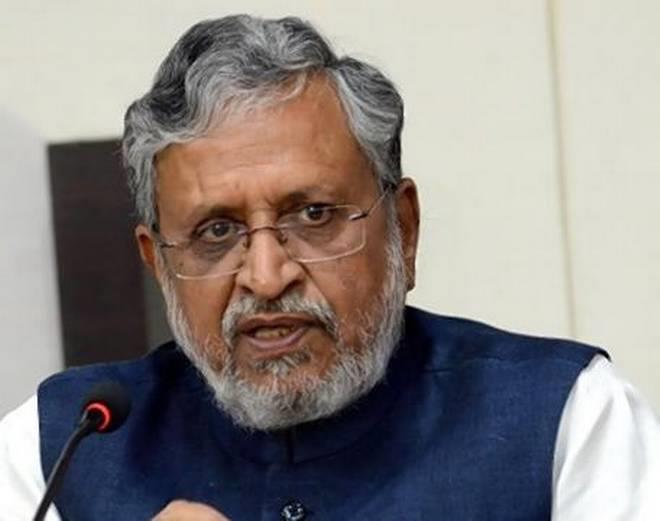The Director General of Audit will check for the application of “place of supply rules” in Railways, airlines, telecom and banks to ensure compliance of Goods and Services Tax (GST), Sushil Kumar Modi, a GST Council Member and Deputy Chief Minister of Bihar, said.
“The DG of Audit will check for compliance,” Mr. Modi told the media here.
The ‘place of supply’ of goods and services plays a crucial role in identifying whether CGST and SGST or IGST would be levied on any transaction. The location of the supplier and the place of supply together define the nature of the transaction. The registered place of business of the supplier is the location of the supplier, and the registered place of the recipient is the place of supply.
Common software
Mr. Modi, who heads the Ministerial panel on GST Network, said a common accounting software would be in place for small taxpayers to file returns.“Eighteen firms have been identified to provide the software.”
A simplified new format for tax return, which has been put in public domain, will not have “many changes” and will require “minor tweaks” before it is finalised, he said. The Revenue Department, in July-end, put up in public domain draft GST returns forms — Sahaj and Sugam — inviting comments from stakeholders. “Ninety-two per cent of the taxpayers come under the category of ₹5 crore or less. Sahaj is for B2C and Sugam for both B2B and B2C,” he said. “We have also told Infosys to work on the new tax return form and it will take some time.”
The GST rates came into effect from July 1 last year. The number of returns filed till date stood at 15.71 core while the number of payment transactions were 5.35 core. The e-way bills issued by the governments was 23.61 crore, Mr. Modi said. “With the introduction of e-way bills, the governments can see what goods are coming in and what are going out. They can know who are the dealers and what the goods are. We can analyse the details. There is data intelligence and business intelligence involved.
“If there is a mismatch between GSTR1 and GSTR3B, we can go into the details now. Earlier the tax officials could not,” he said. “Most of the e-way bills are being issued for electrical equipment and machinery and parts thereof.”
Mr. Modi said there was a shortfall of GST revenue in the States of Uttarakhand, Himachal Pradesh, Bihar and Jammu and Kashmir. “There was a GST rate cut in 88 consumer items from 28% to 18%.
“That is reflecting in the revenue. But with business intelligence and e-way bill and TDS and TCS (tax collected at source), revenue will go up,” he said.
The government is giving a “one-time opportunity” for taxpayers to file their GSTR1 form by extending the deadline to October 31, Mr. Modi said. India’s second-largest software exporter Infosys is developing a software for mobile applications to be used by tax officials, he said. “They can upload pictures and file reports from the field itself.” A move to bring petrol and diesel prices under GST was “not on the GST Council agenda,” he said. “This is not an opportune moment for the council. First, let the revenue stabilise.”
